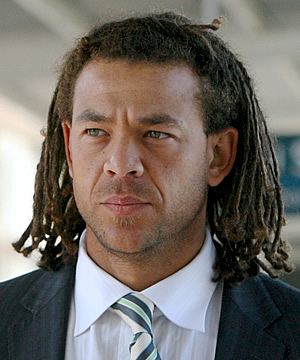Of Bails and Bailouts
And the death of Andrew Symonds
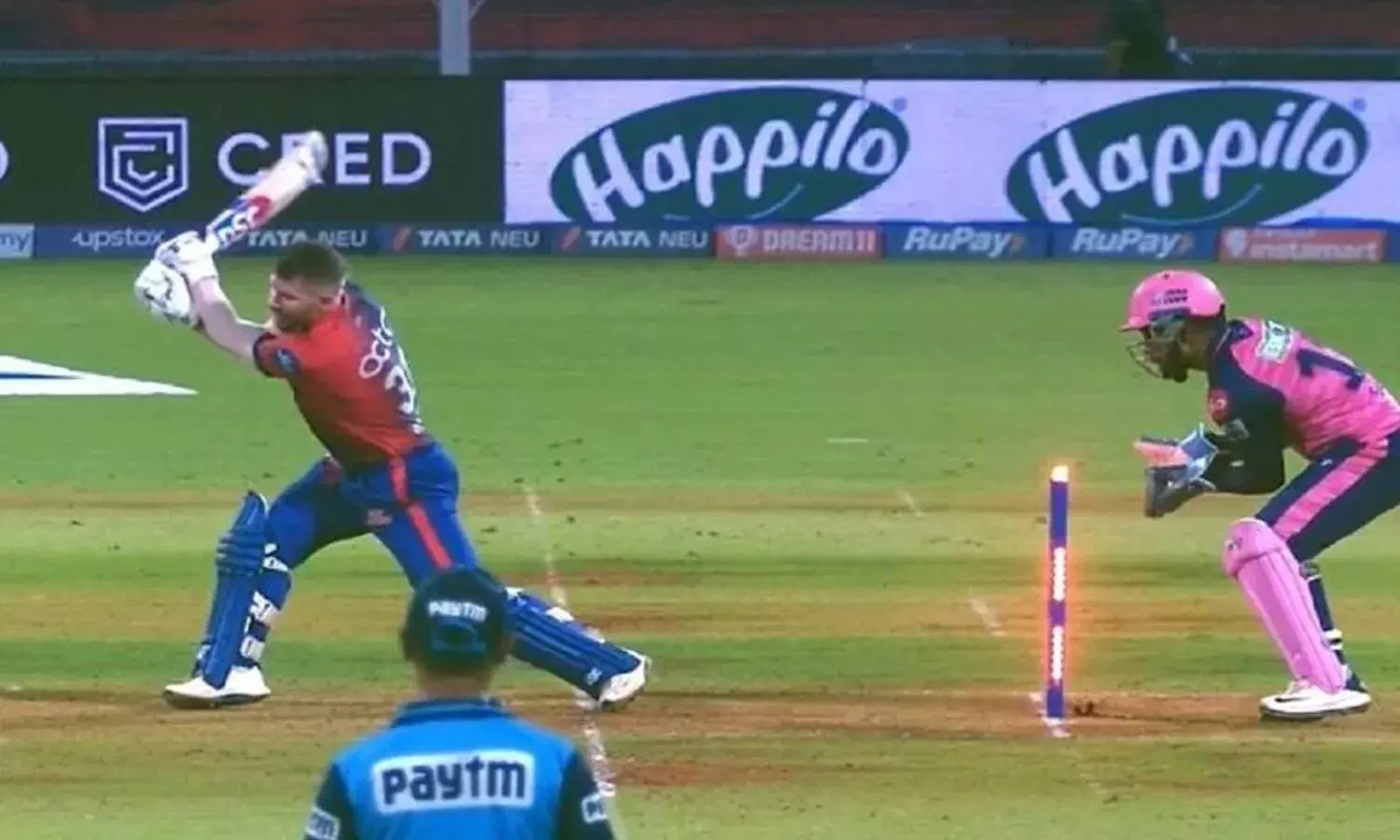
Is cricket going through a rollercoaster or are cricket fans being taken for a ride? From the outpouring of confusing tributes to Andrew Symonds to the question of who needs a break and what rules need breaking, it seems all of cricket is in a general state of upheaval.
To bail or not to bail
Cricket rules are front and center once more. If it was the Mankad rule that became a talking point a couple of years back, this time the issue of bails was back in business after the match between the Delhi Capitals and Rajasthan Royals, which saw Australia’s David Warner make a lucky escape against Yuzvendra Chahal when the ball hit the stumps but failed to dislodge the bails.
In the more traditional sense, it is one thing for the bowler to hit the stumps and quite another for at least one of the bails to be dislodged, as per the rules of the game. However, the advent of coloured clothing and playing under lights has also brought about the novel fixture of lit bails that go berserk when the ball makes contact with the stumps, without necessarily displacing the bails from the grooves which is what happened here.
The lighting up of the bails triggered a debate with Sanjay Manjrekar leading the charge that cricket should do away with the rule that a bail must be fully dislodged in order for a batsman to be dismissed, deeming it unnecessary and unfair to the bowler.
While it might upset the traditionalists given that the idea of the bails being dislodged adds to the drama, one of the matters in their favour is the recent fiasco involving a powercut, that denied teams the opportunity to use the DRS, resulting in umpire howlers remaining as the final verdict, even in a high profile tournament such as the IPL.
What if the lights go out on the stumps? Where does that leave cricket, without bails?
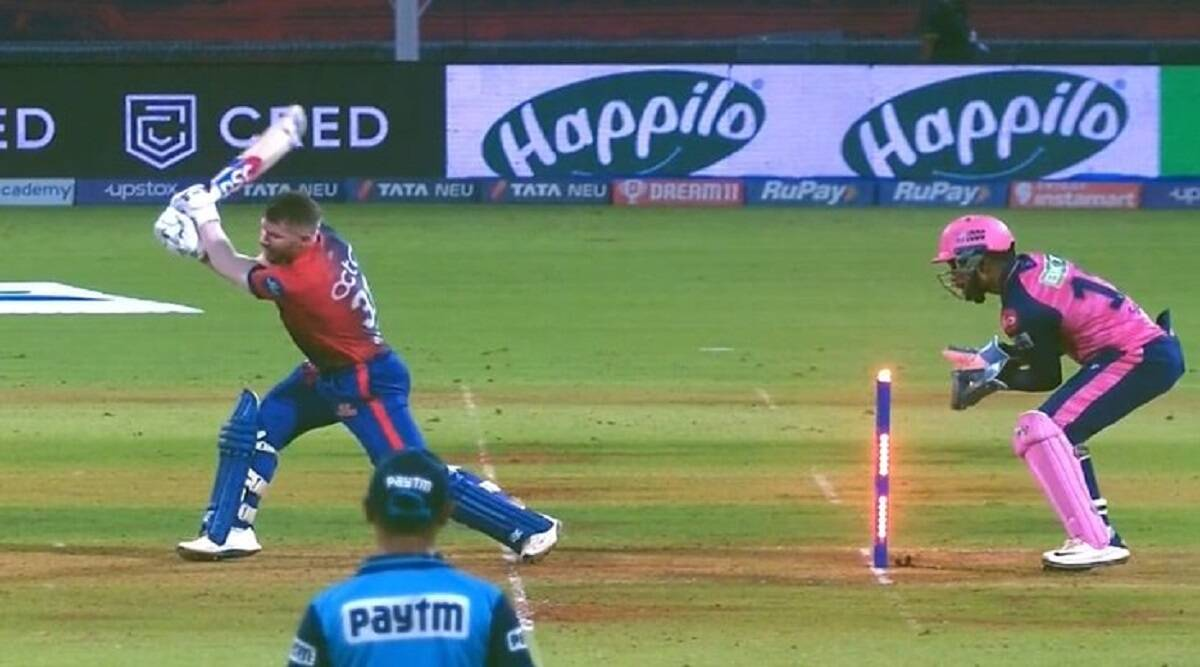
CSK’s Jadeja bouncer
It would seem the Chennai Super Kings are gaining an undesirable reputation for being unkind to India’s cricket superstars. After Ravindra Jadeja reportedly stepped down for Mahendra Singh Dhoni, it has been confirmed that Jadeja will play no further part in the IPL with a rib injury, which has led to speculation that his time with CSK, like Suresh Raina’s, might be over post 2022.
Bringing back Dhoni may well save the brand at all costs, but losing good quality Indian regulars is diluting CSK’s watertight player management persona.
Sign of changing times
The winds of change have been blowing rather more harshly over England since they ceded the Ashes in rather unimpressive 4-0 fashion down under. Amidst public conjecture that there was no suitable replacement for Joe Root as England’s next Test captain, Ben Stokes was appointed to the post, this even as the flamboyant all-rounder’s mental health has suffered since his father’s demise and he has also spent significant time out of the game with injuries and workload concerns.
But if Stokes’ appointment was fairly predictable given England’s limited options, it came as something of a surprise that Brendon McCullum, the former New Zealand captain and wicket-keeper batsman, was appointed England’s new Test coach despite the fact that his coaching experience is limited to his time with the Trinbago Knight Riders in the Caribbean Premier League, in addition to the Kolkata Knight Riders in the Indian Premier League.
It’s an interesting first, a Twenty20 coach being chosen to coach a team in the Test format. In contrast, players have often been picked, particularly in the Indian context, based on their performance in the IPL even for series involving larger formats of the game.
It will be interesting to see how England climb out of their slump in the longest format, which has been accused by all and sundry, including outgoing captain Joe Root, of being low on the priority list of the powers that be, and to see whether McCullum can navigate this unique curveball which could well pave the way for some unusual appointments in future.
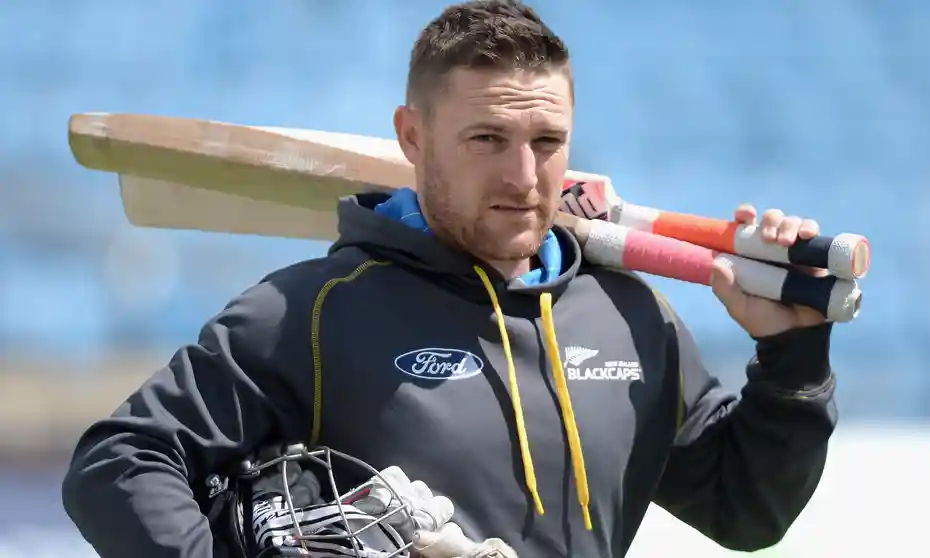
Coach, captain and CEO?
Another interesting development, though something of a setback for India’s young captain hopeful Shreyas Iyer, was the Kolkata Knight Riders team being picked not only by their coach and captain but in the presence of their CEO, Venky Mysore, who Iyer claimed would sit in on meetings.
What followed was a backlash about the way the sport’s being run, added to the feeling that Iyer was not being allowed to fully express himself as captain under McCullum. In a season where the Shahrukh-Khan owned team failed to live up to expectations, rumours have tumbled out of imaginary closets, unhelped by the young captain’s comments.
He backtrotted his words later, claiming that he was only suggesting that the CEO was present only to keep the players not selected in a positive frame of mind. But by then the ship had sailed, and the large cricket fan base not only slammed the policies at KKR but also shamed the management for forcing the captain to eat his words.
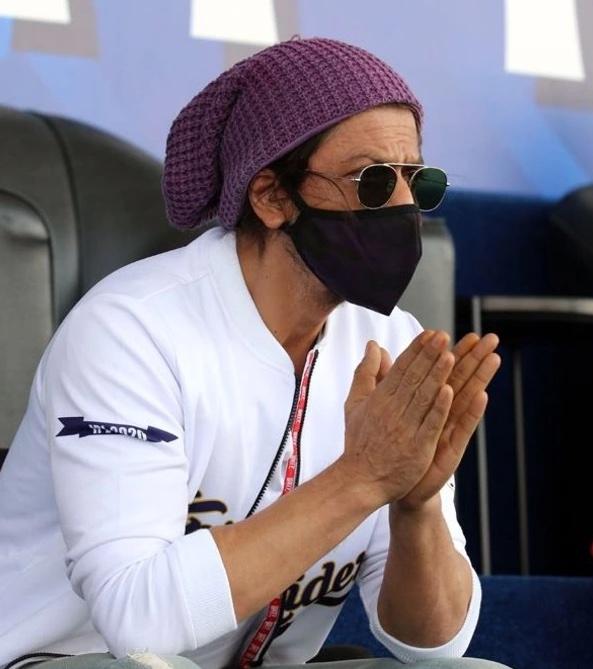
Stunts gone wrong?
One of the questions that has often been asked of the IPL is whether it was emboldening some of the Indian cricketers to go in the wrong direction and in fact setting up rivalries that could hurt the national dressing room. One such incident that continues to be a talking point involves the Delhi Capitals storming the field much as Mahendra Singh Dhoni did for the Chennai Super Kings some years ago.
Are the coaches falling prey to players’ belligerence? If Dhoni storming the field was uncharacteristic, so was the unlikely candidate in former Indian cricketer and one of Delhi Capitals’ current coaches, Praveen Amre, walking onto the field after being goaded into it by DC captain Rishabh Pant, during a crucial match situation in the final over of their match against the Rajasthan Royals.
Are the stakes higher for players in the IPL or is it in the nature of the tournament to allow players to naturally assume they can take matters into their own hands?
Growing impatience with umpiring errors has also drawn attention this season, as much as the errors themselves. In another incident that set tongues wagging was the Royals’ Riyan Parag mocking the umpire’s decision from the previous over against the Lucknow Super Giants when he pretended to touch the ball to the ground after taking the catch cleanly this time. Unfazed by the commentators’ word of caution, he took to social media later to post, “No one’s gonna care in 20 years, soooo much more to life…enjoy it.”
Arrogance or irreverence, the nature of the tournament is bringing it out – it’s time that fans and custodians of the game rethink how cricket is being perceived and played.
To rest, but whom?
Light must be shed on the state of international cricket and whether this unofficial window for the Indian Premier League now also makes it the norm that the next international series involving the Indian team must accommodate the fact that not all of the playing eleven will show up.
If it was teams such as the West Indies and Zimbabwe before that bore the brunt of the Indian summer burnout among Indian cricketers, which ended up reducing these international fixtures to essentially playing against an India A side, South Africa now face a similar conundrum as the question of rest for Indian players after the IPL rears its head once more.
There was a fair bit of flutter after former India coach Ravi Shastri alluded to former captain Virat Kohli as being in need of a break. That has spawned a whole other conversation on who else might need a break, since Kohli has been through a relatively lean time with the bat, and also has been in a heavy boardroom battle with the BCCI head honchos, namely, Sourav Ganguly and Jay Shah.
Fans were not to be easily fooled as they lent their own version by suggesting the name of Rohit Sharma. Indeed it seems that despite taking on the mantle of the Indian captaincy across all formats, the current Indian captain might sit out of the limited-overs series for which South Africa will fly out to India, and it may have nothing to do with the fact that the Mumbai Indians have suffered one of their worst years in the IPL coinciding with Rohit Sharma’s ascent to the role of India’s captain.
Graeme Smith, the former South African captain and administrative in-charge for Cricket South Africa, was grateful at the time for the BCCI lending the opportunity to keep this particular commitment, as his nation went through a period of regrouping in the wake of rocketing corruption and racism scandals.
While it would now mean that the BCCI will fulfil its obligation, it is to be wondered whether Smith will have the same views, if, according to the BCCI’s plans, nearly half the current playing eleven are given time off post the IPL.
Given the current state of affairs in South Africa, they haven’t exactly been in a situation of being able to pick and choose their opponents or their quality. Cricket, it seems, is in a similar situation.
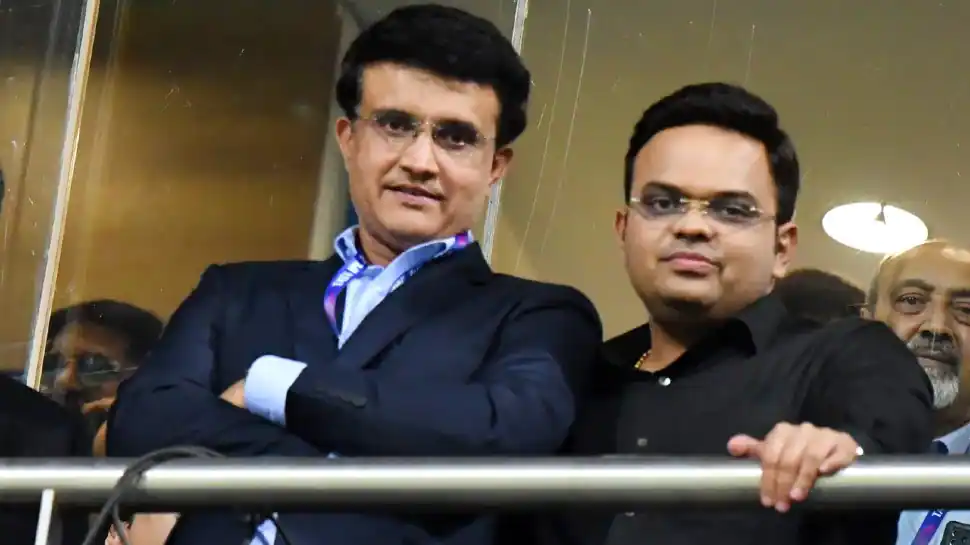
The disturbing Symonds story
Perhaps the most upsetting news, and a third tragedy in Australian cricket, was of the sudden demise of Andrew Symonds in a car accident about 50 km from his hometown. The former cricketer was said to have been driving alone late at night with his dogs when tragedy struck, his car rolled over and the cricketer reportedly passed away from his injuries before he could be helped.
This shattering news comes on the back of the loss of Shane Warne and Rodney Marsh, within a short span. As with Warne, the road for Symonds wasn’t always easy. Stuck between generations while cultural change was afoot, Symonds never quite found himself at ease in a more professionalised setup, though he was instrumental in staging quite a few wins for the Australian side.
However, his brilliant knocks with the bat were often engulfed with problems associated with drinking off the field and a laidback attitude, reportedly exacerbated by the scandal in Sydney in 2008 when India’s Harbhajan Singh was accused of making a racial slur against the tall Australian.
In recent times, the former Indian off spinner told the press that what he said had nothing do with race but was more of a north Indian abuse, but also, that it was the Australians who had had a go at him first, mocking his turban, a part of his religion.
In recent months, Symonds was also accused of being so drunk by one of his former Mumbai Indians teammates, Yuzvendra Chahal, that he along with New Zealand’s James Franklin tied Chahal’s hands and feet and taped his mouth after a season victory and left him all night in a hotel room before he was rescued by the hotel’s cleaning staff.
Stories like this have been either met with stoic silence in cricketing circles or some calls for outright bans on the players for bullying and harassment. But what is even more disturbing is that while tributes were appropriately paid to the Australian cricketer upon his demise, both players in question had this to say of Symonds.
Chahal posted this after the news of Symonds’ untimely demise: “I have lost my closest man. You were just not a colleague. My family, my man. My Symonds uncle. I will miss you terribly. RIP”
And Harbhajan Singh on air during the IPL 2022 show, “We used to sit together, have a drink, laugh, share a lot of stories. He was someone who I could call at 2.30 in the morning and say, ‘Hey mate, what are you doing? What are you up to? Let’s meet.’”
One wonders why this patch up was not highlighted by either player or Symonds himself. Symonds, who by his own admission fell into alcohol related issues and fell out of love with the game after the 2008 fiasco, has never been vocal about these issues with his colleagues.
Often the media is accused for playing up friction or sensationalizing incidents. But given the nature of some of these disturbing experiences, in an age of bullying and harassment coming to light along with the mental health of players, questions will have to be asked. Who had a vested interest in playing up these incidents, and why, and what, if any, action was taken to make sure that players had a safe zone during their professional hours? After all it could be that Symonds was in as much need of counselling as reprimand, feeling isolated as he did from his Australian teammates for a while.
And if this was the kind of bonhomie players enjoyed after the spat, why didn’t they make a greater attempt to reveal the patch up? Why bring up such incidents to highlight their faults if in the end they were indeed strange bedfellows, with Chahal highlighting his traumatic experiences only months ago to now suggest that Symonds was his “closest man”?
The pieces of the puzzle don’t quite fit, much like Symonds’ timeline with the Australian cricket team, where his belligerent heroics on the field did not quite match his reticent persona off of it, and a substance abuse problem perhaps as a coping mechanism that only hurt him and left cricket worse off. A great player, flawed human being and perhaps more than anything, gravely misunderstood. Symonds’ life and times could perhaps provide, in hindsight, another great contribution, of highlighting the need to treat players better, their successes as well as their vulnerabilities.
